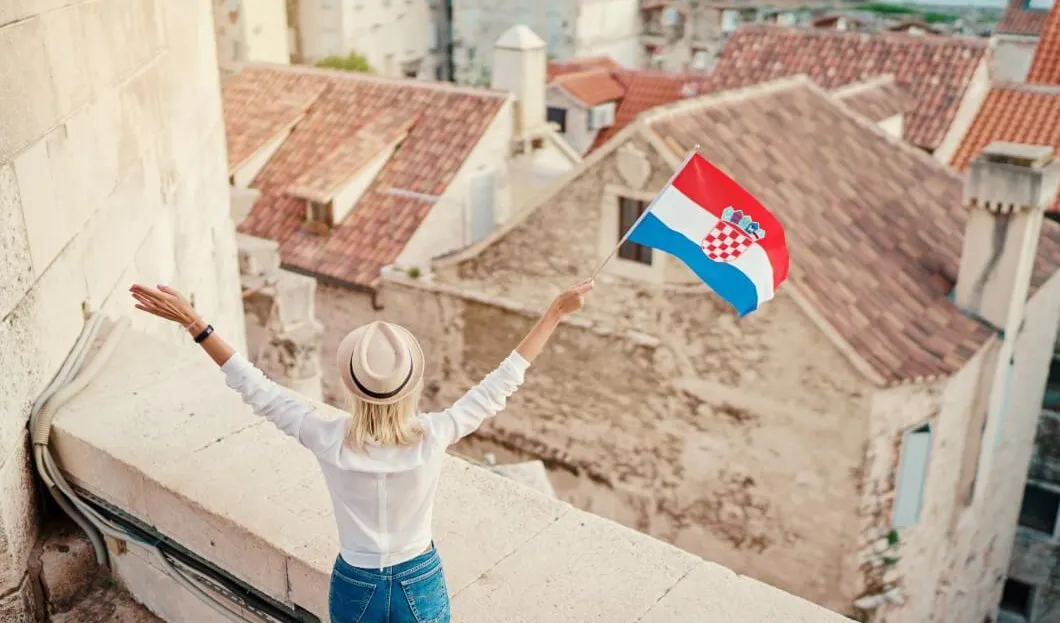
The switching to the euro and Croatia's entry into the Schengen zone seem to have offset rising prices and the resulting disaffection with tourism.
After a positive start but far from expectations and a July troubled by some difficulties related to bad weather, the data concerning tourism in Croatia seem substantially positive. Barring sudden calamities between the second half of August and September, the revenues for 2023 will exceed those of 2022, marking a substantial success for Croatian tourism. According to the Zagreb daily Jutarnji list, revenues were estimated at 14.5 billion euros, 1.3 billion more than the 13.1 billion in 2022. The increase is based on available data and an estimate of tourism trends; however, it seems pretty likely. According to experts, the last tourist season will be outdated. This figure was confirmed by the Croatian Central Bank, which stated that "The introduction of the euro and the entry of Croatia into the Schengen area have had a positive effect on physical and financial indicators in the tourism sector."
Estimating the potential impact of price speculation in the summer of 2024 is essential, particularly in light of concerns expressed by experts from Italy, Austria, and Germany. Given the unsustainable price rise, they have suggested this may be the last season for many middle-class tourists in Croatia. Additionally, the absence of Russian tourists, a crucial part of the luxury tourism sector, could complicate matters for Croatia. While it is impossible to predict all events that may impact summer tourism in Croatia, it is essential to be aware of these potential challenges and plan accordingly.













